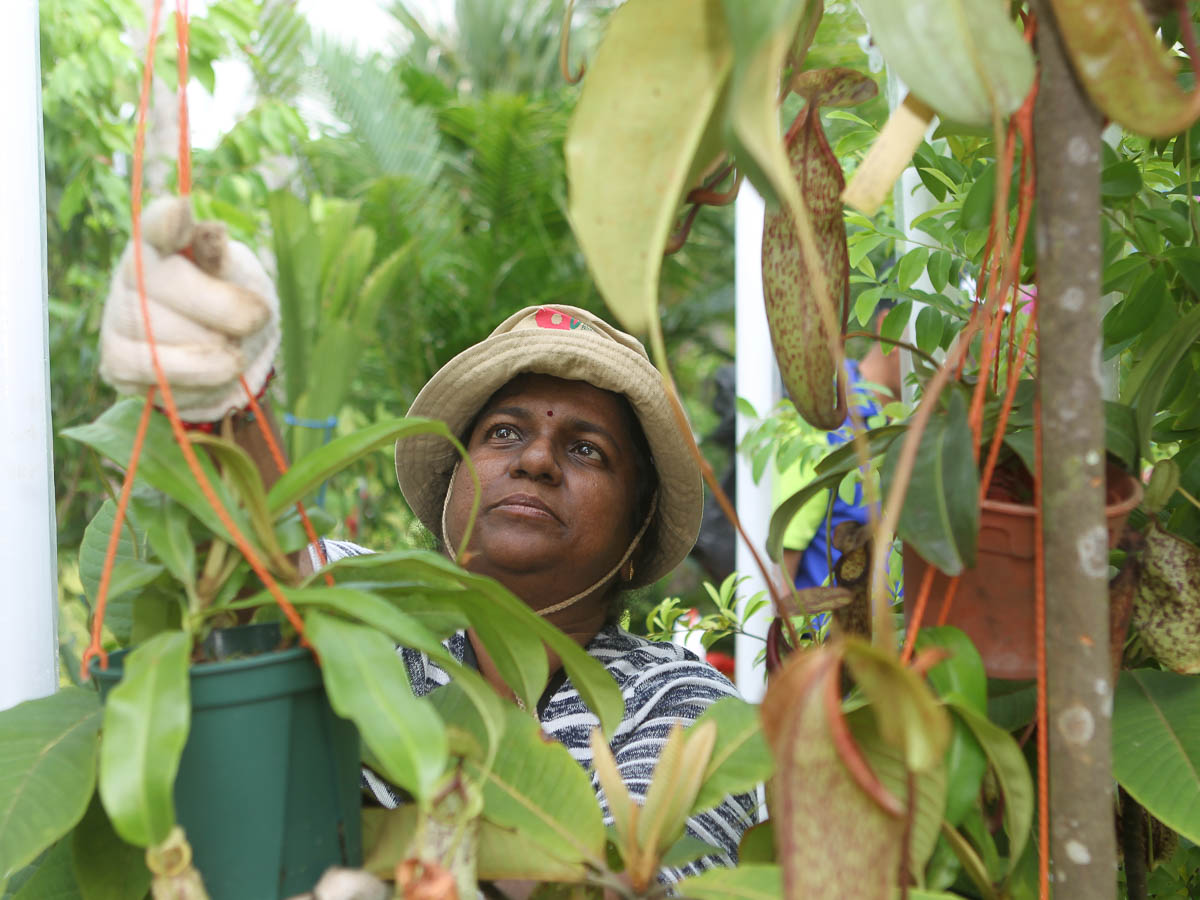Choosing Plants
The ability to choose plants is the most important skill any gardener could have. Picking plants that fit your garden environment, that are healthy and suit your needs are more than half the battle.
This page will give some guidelines for you to learn how to choose your own plants, but as with any skill, you will improve more with practice and with active observation of your garden. New gardeners can also use our plant suggester tool to get started!
Choosing plants to fit your garden environment
.jpg)
It is important to choose plants that suit your existing garden conditions. Growing plants in unsuitable environments makes them inherently weaker and more prone to pests, disease, and eventual death.
The most important environmental factors you need to take note are:
- The amount of sunlight you receive
- Your schedule for watering
- The amount of space you have
- The kind of soil present, and whether it can be amended
As a rule of thumb, it is hardest to change the amount of light your garden gets, and therefore it would be best to choose plants that can thrive in the amount of light you have. Once you have determined that, it is easier to pick plants to suit your watering schedule, and to buy or amend soil as needed.
Choosing healthy plants

Once you’ve identified what species will thrive in your garden, you could buy some new plants for yourself! Inspecting your plant before buying will give you the most bang for your buck.
Check the following before making a purchase:
- New shoots and leaves
- Healthy plants will have many points of growth, and a young plant with many new shoots is more likely to adapt to your garden than a large, old one that has less new growth
- The underside of leaves and the joint between leaves and stems
- Pests like Aphids, Mealy Bugs, Whiteflies, and Spider Mites may hide here, and can spread to the rest of your garden if they come home with you!
- Signs of nutrient deficiency or other plant problems
- Yellowing, spots, and dead leaves can be signs that a plant is unhealthy
Choosing plants to suit your needs
.jpg)
Does your garden have a theme? Do you use your plants for therapeutic horticulture, arts and crafts, or cooking? Choosing plants for use depends on your own taste and plans, and is an exciting way to build a collection!
Here are some common ways plants can be used to help you curate your own list:
- To be eaten as a leafy vegetable, fruit, or herb
- To be admired for colourful foliage or flowers
- To attract animals like pollinators, birds, and more
- To have plants that are native to Singapore
Ready to choose some plants? Use our plant suggester tool to get you started!

